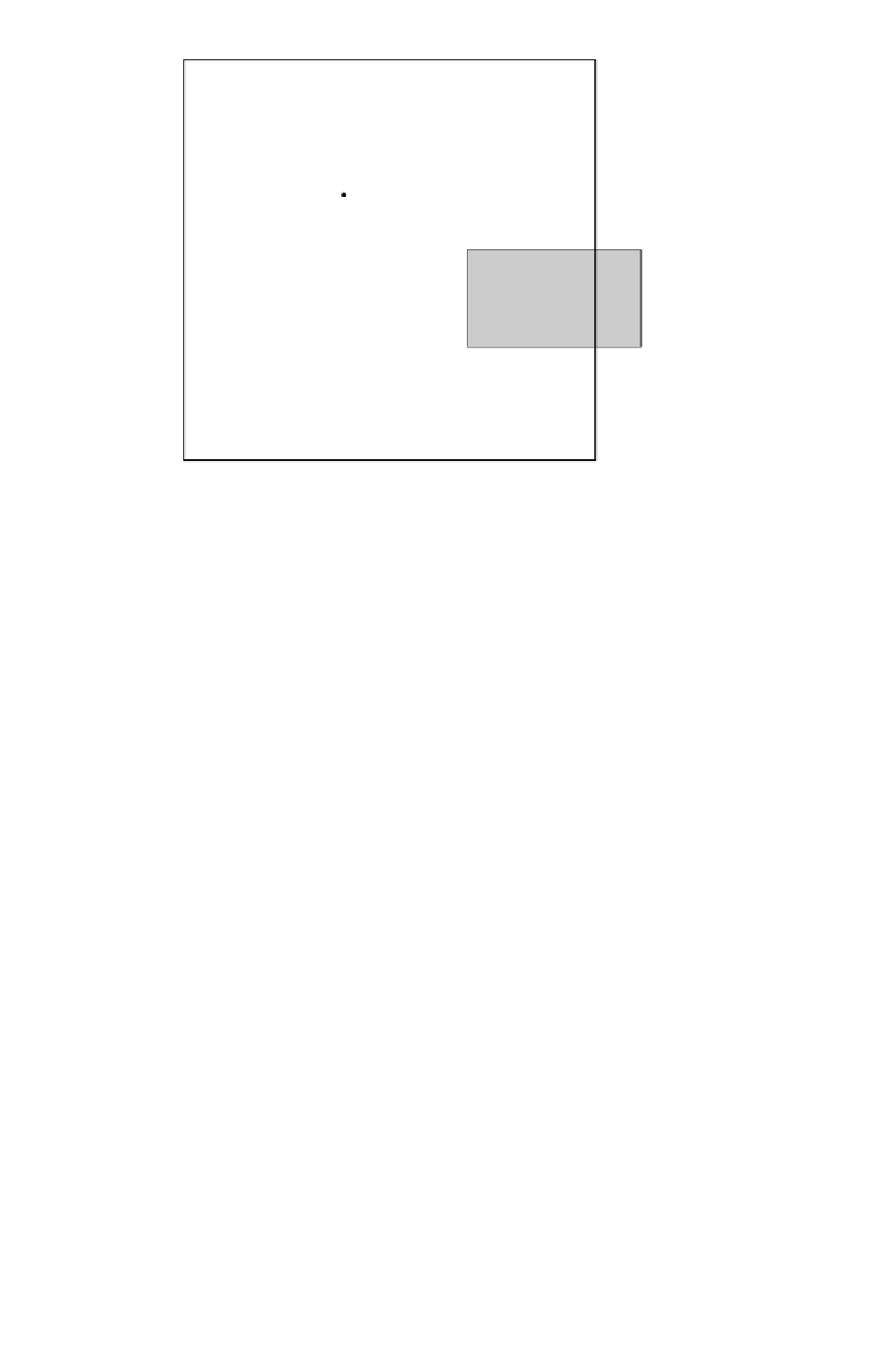Geoscience Reference
In-Depth Information
Mean Boundary
Layer wind speeds
40-49 m s
-1
MBL wind speeds
60-69 m s
-1
Velocity decreases to top of
shear layer
10
3
Individual data points
not shown above 150
m
10
2
Velocity proportional to
log height
10
1
10
0
Reduced roughness
height for strongest storm
wind indicative of drag
reduction due to surface
foam generation
Extrapolations
of log curves
to ordinate
10
-1
10
-2
Intercept for roughness height at
c
. 50 mm
10
-3
Intercept for roughness height at
c
. 5 mm
10
-4
0
20
40
60
80
Mean wind speed,
u
, m s
-1
Fig. 6.15
Radio-sonde/GPS data from hurricane force winds.
water. However, in the surface layers of the deep ocean
this motion is not in the downwind direction, as com-
mon sense might predict. In fact, the combined effects
of surface shear and the Coriolis force (see Cookie 21)
leads to the surface flow being turned clockwise to the
wind direction, by 30
wind shear causes Ekman transport of surface waters
toward the centers of the gyres (Fig. 6.16), resulting in
an upward slope of the ocean surface toward their
centers.
An important consequence of wind-driven Ekman
transport is the phenomenon of
upwelling
. Convergent
winds or coast-parallel winds cause surface water flow
divergence away from the line of wind convergence or
coastline respectively (Fig. 6.16). This forcing away of sur-
face waters is necessarily accompanied by upwelling of
deeper waters to take their place. Upwelling is particularly
important, for example, off the coasts of Peru, northwest
and southwest Africa, Galicia, and California. Upwelling
waters bring with them nutrients such as phosphorus and
nitrogen, which cause a greatly increased plankton bio-
mass. Along the intertropical zone of convergent trade
winds, divergent transport poleward (at about 0.1 ms
1
)
by the westward-flowing equatorial currents causes steady
equatorial upwelling of about 1 m per day. The north and
south equatorial currents are bisected by a prominent
narrow eastward-flowing surface counter-current and a
spectacular shallow subsurface counter-counter-current
toward the west at up to 1 m s
1
. Shear interactions in
these near-equatorial zones cause powerful convergences
and divergences, upwelling of cold nutrient-rich waters,
and marked eddy mixing.
or so in the northern hemisphere
and anticlockwise in the southern hemisphere. This devia-
tion of mass transport is termed
Ekman transport
(we
noted the phenomenon of frictional flow deviation in
connection with the frictional wind in Section 6.1.3).
Below the water surface an intricate spiral pattern of flow
is set up that is progressively more deviated from the sur-
face wind direction with water depth; this is called the
Ekman spiral
.
The major surface currents of the ocean are caused by
the effects of wind shear due to general atmospheric cir-
culation, combined with the Ekman transport. The
omnipresent trade winds begin the process of wind shear
in low latitudes, creating the north and south Equatorial
Currents whose warm waters journey into higher lati-
tudes on the western margins of the oceans. Between 25
and 30
latitudes they are further urged on by coupling
with strong westerly winds. In high latitudes a return
flow of cool waters is initiated along the eastern sides of
the oceans. The resulting large-scale motions are termed
subtropical gyres
. The rotary anticyclonic motion of the










































Search WWH ::

Custom Search